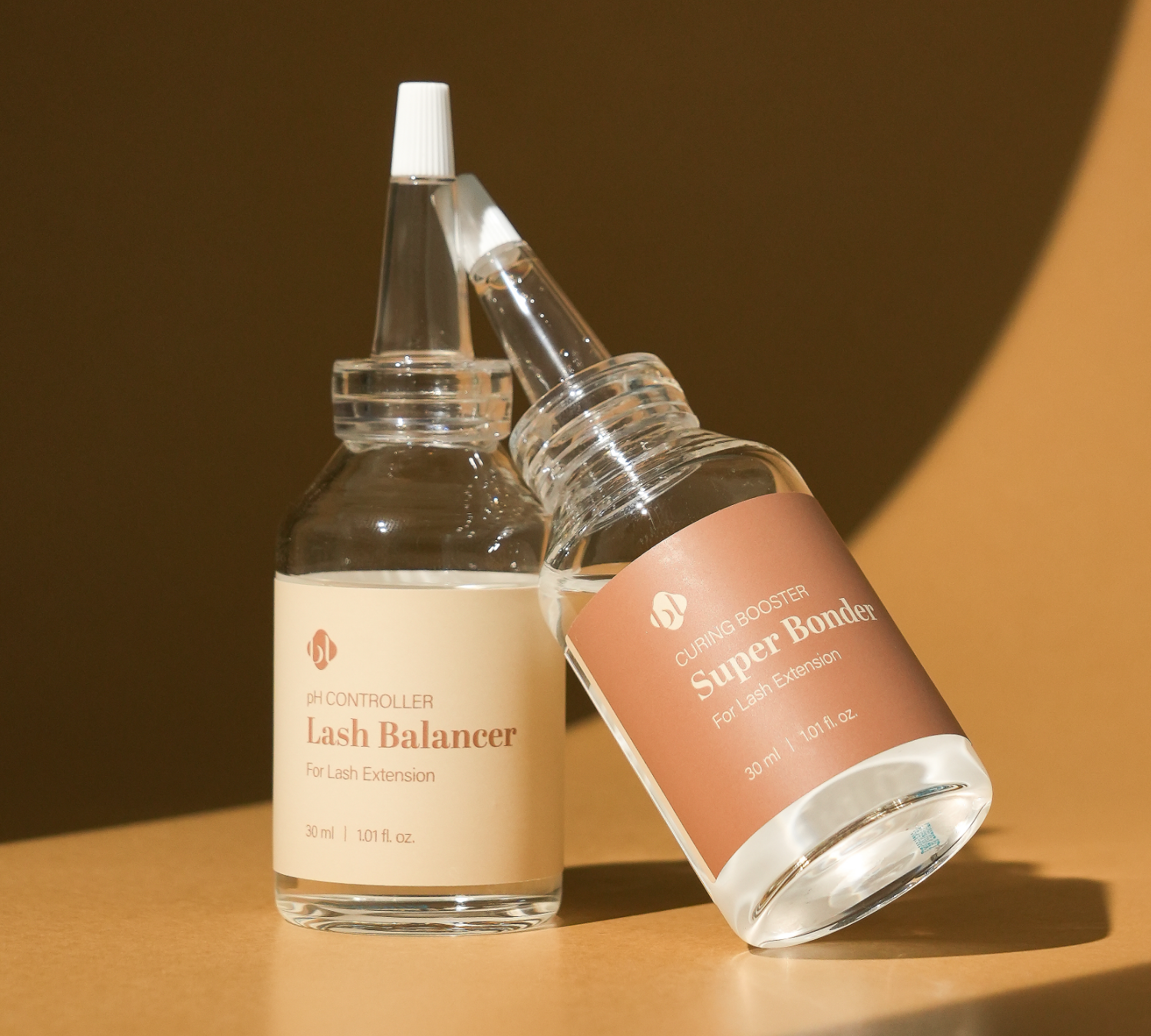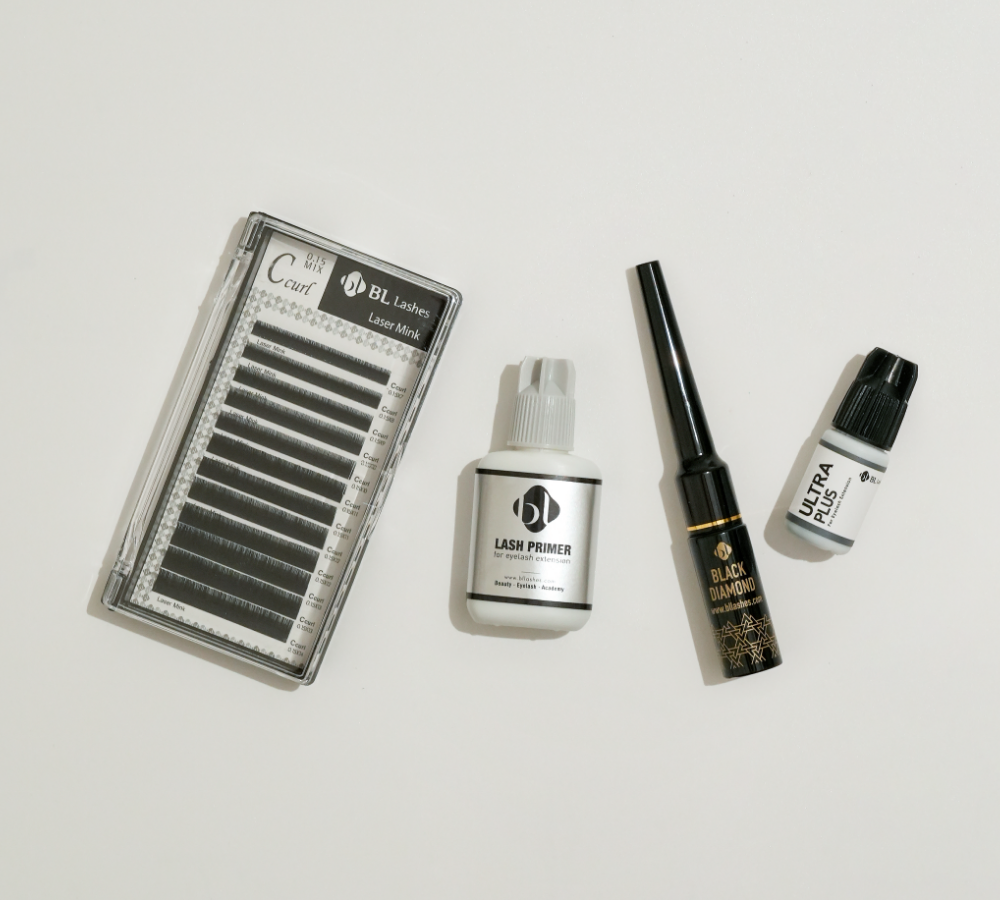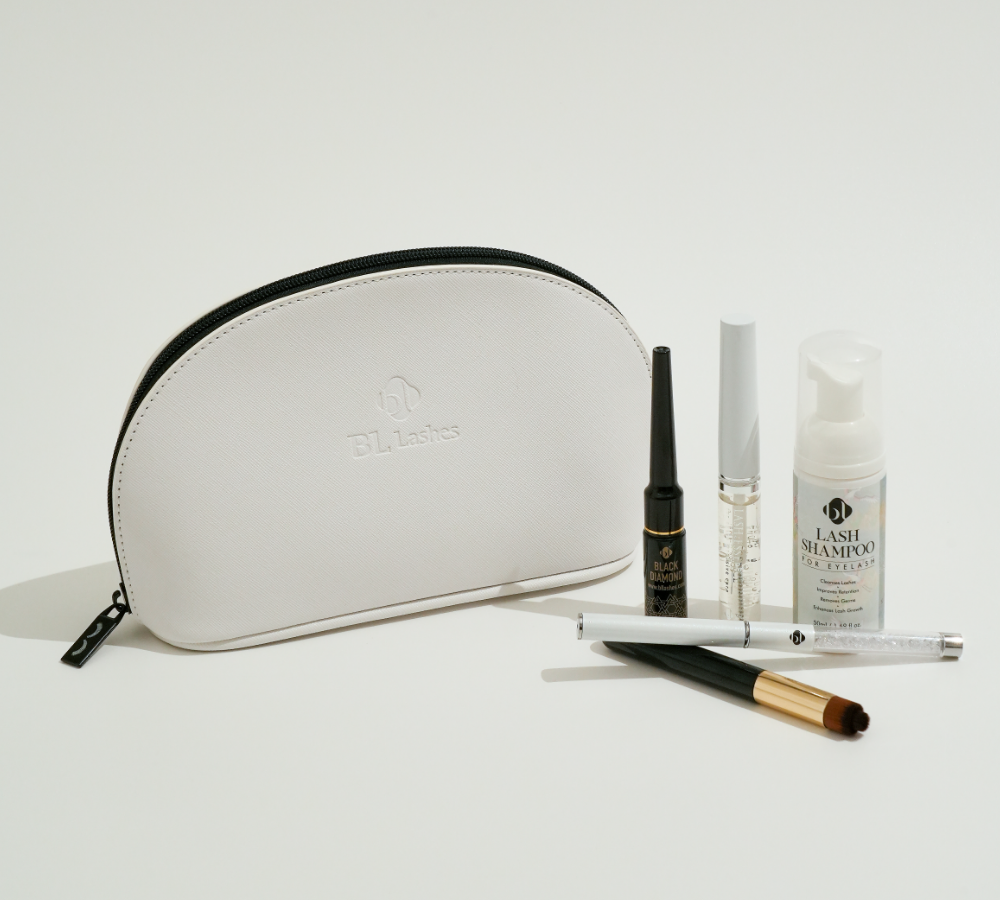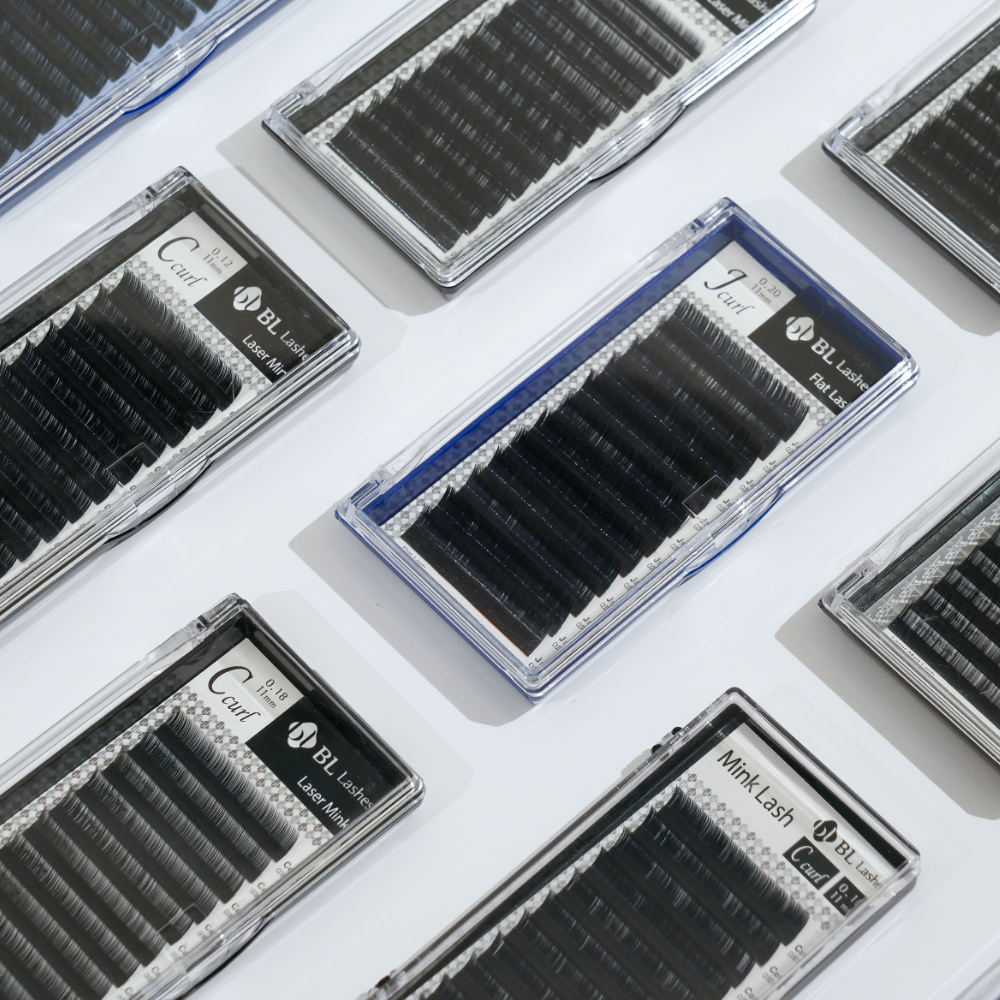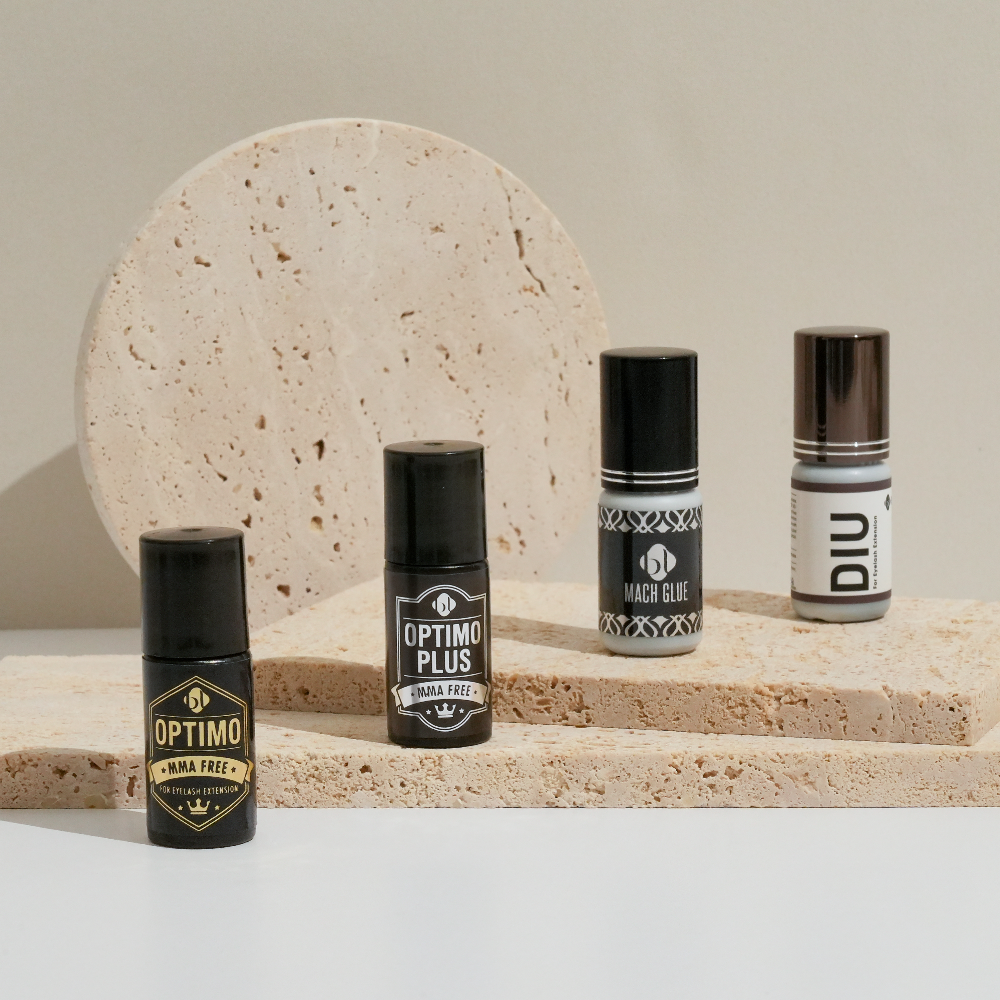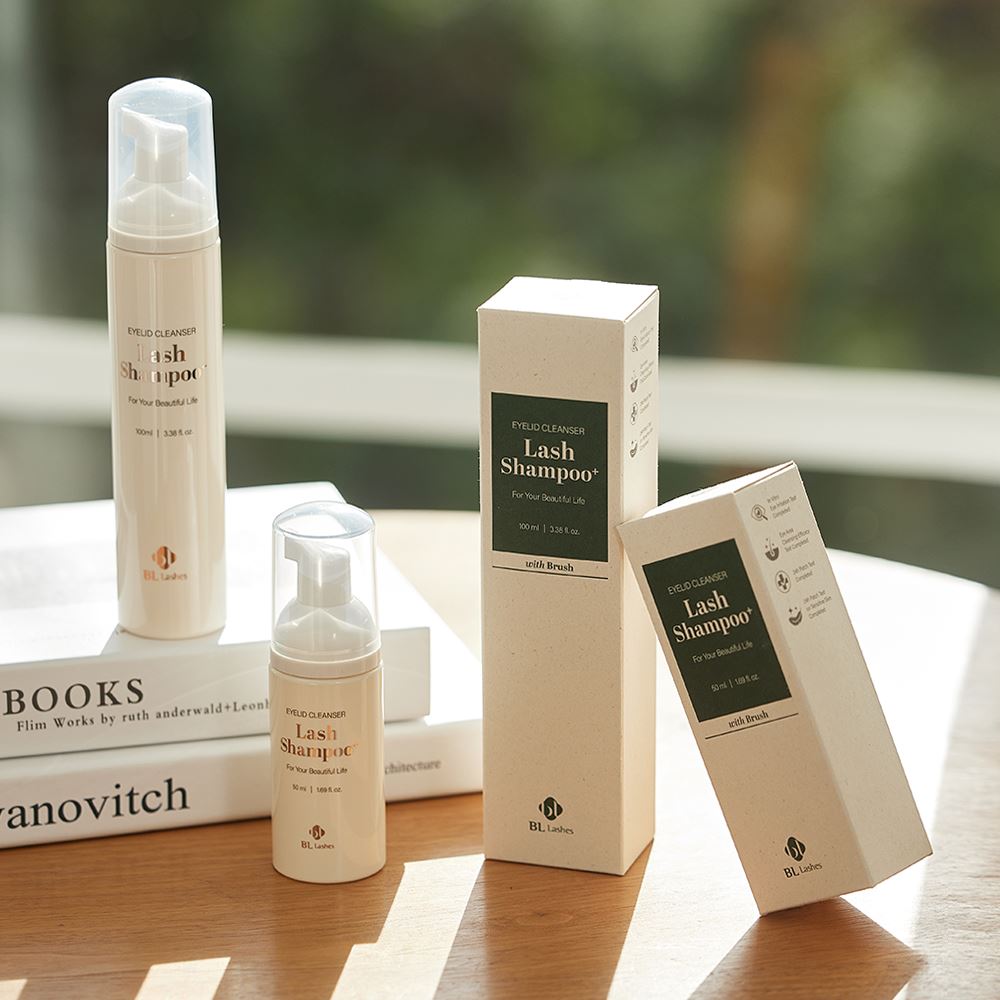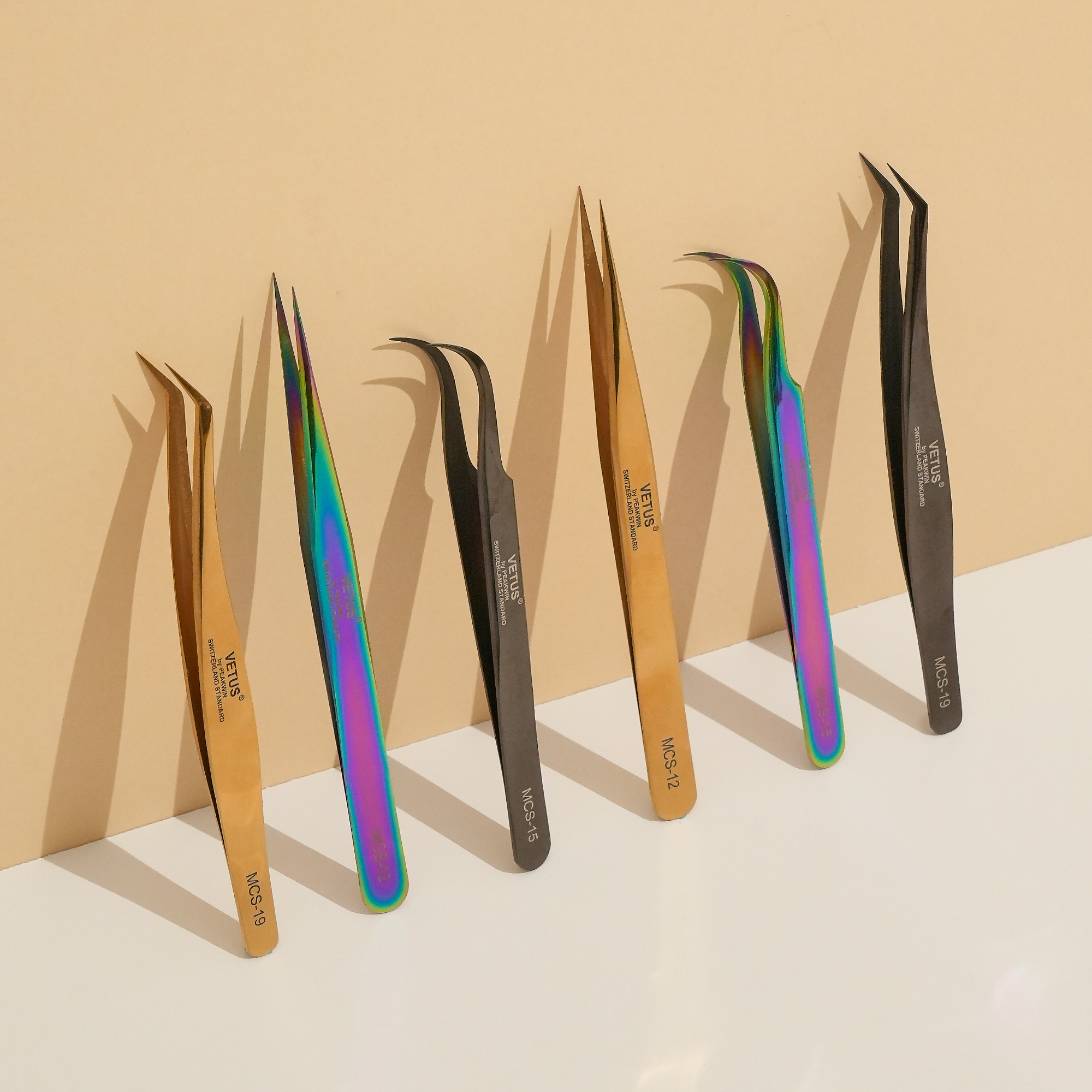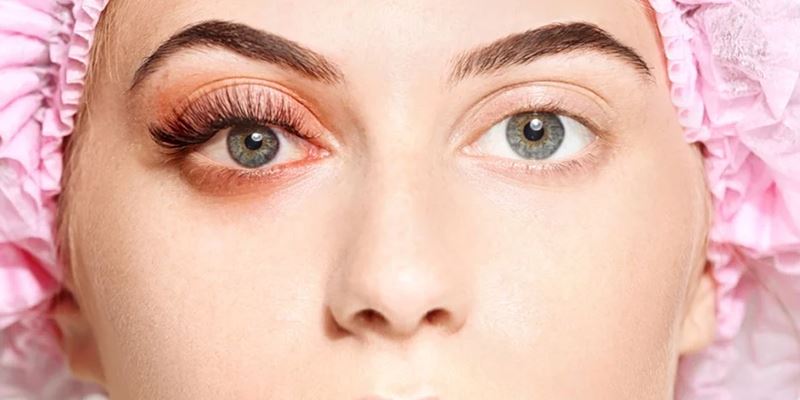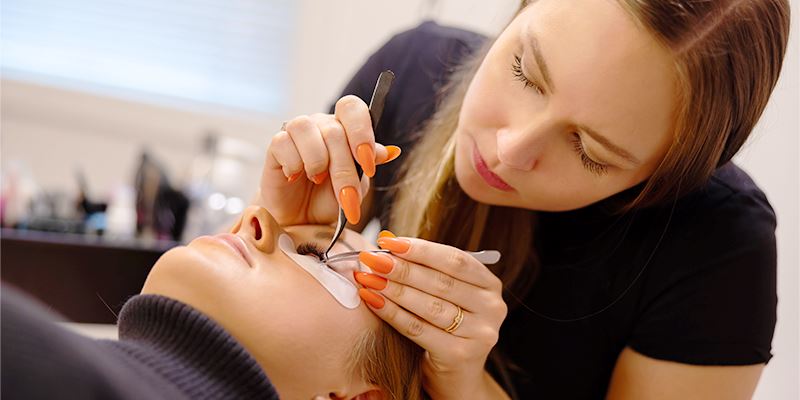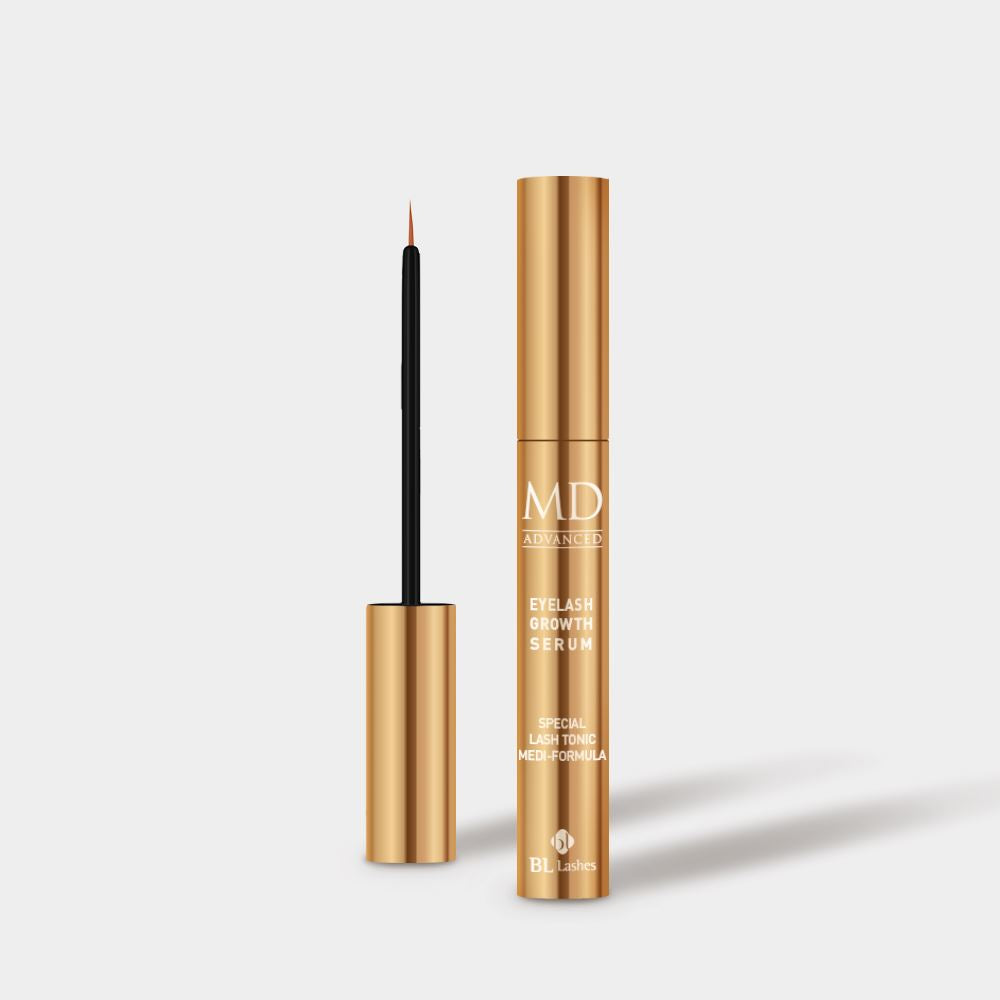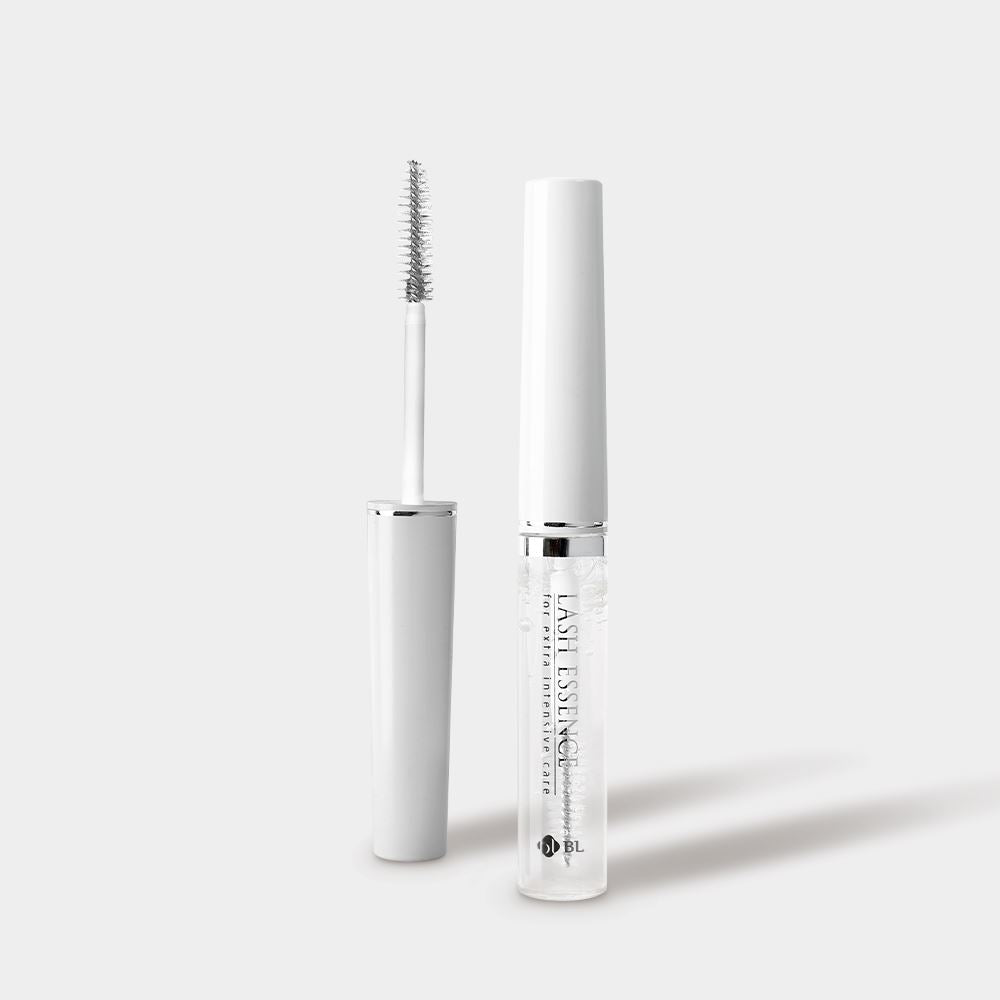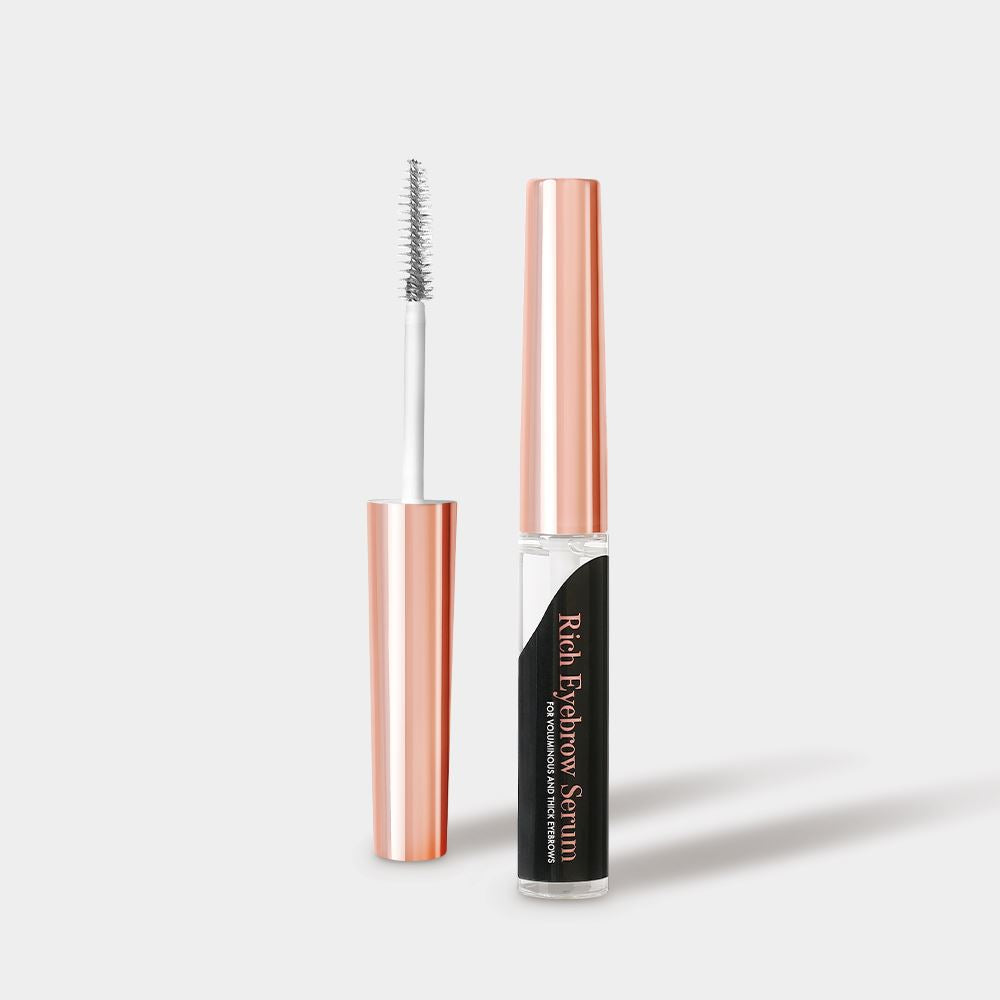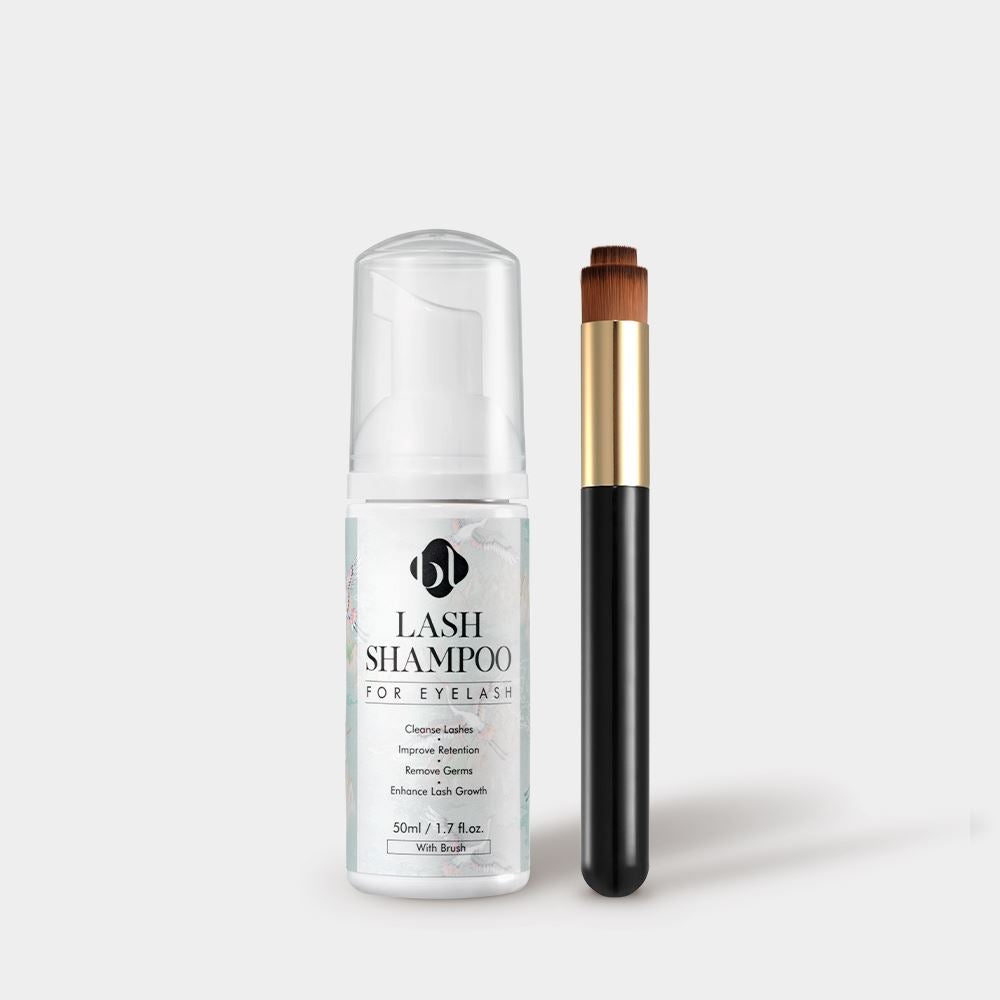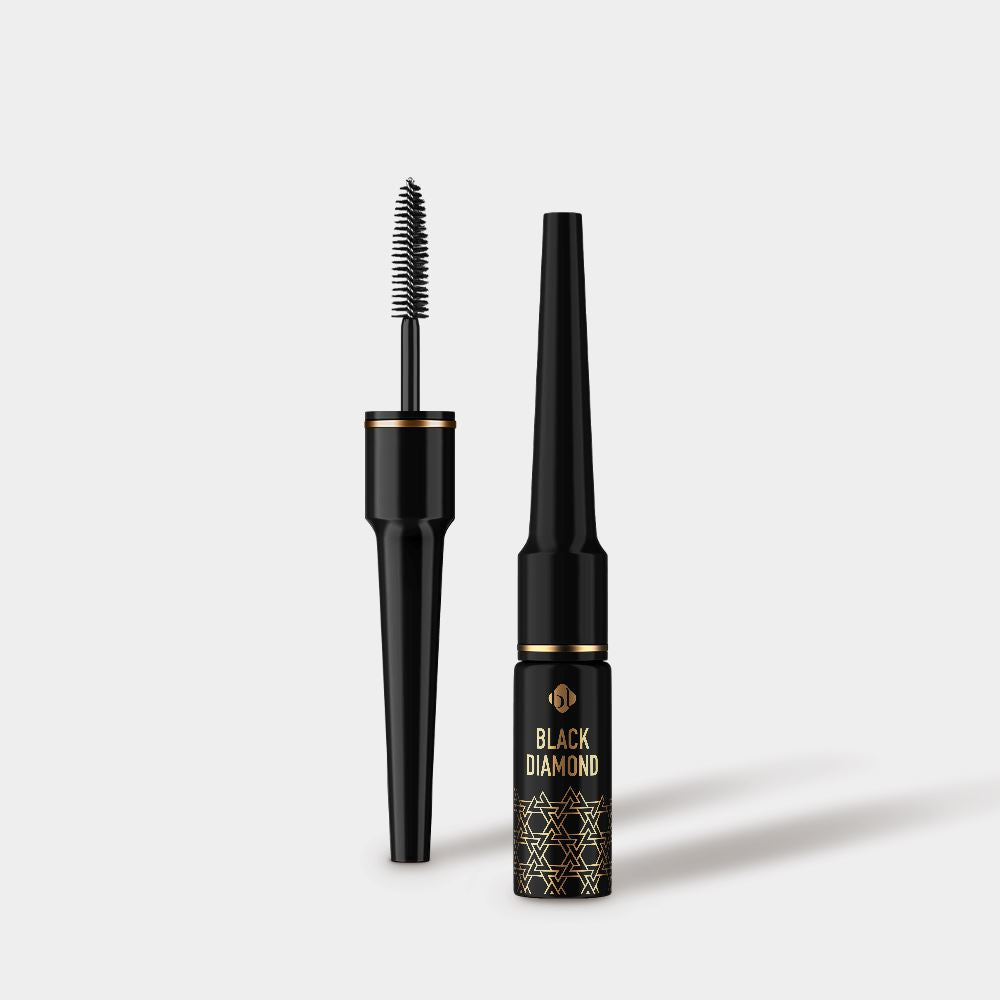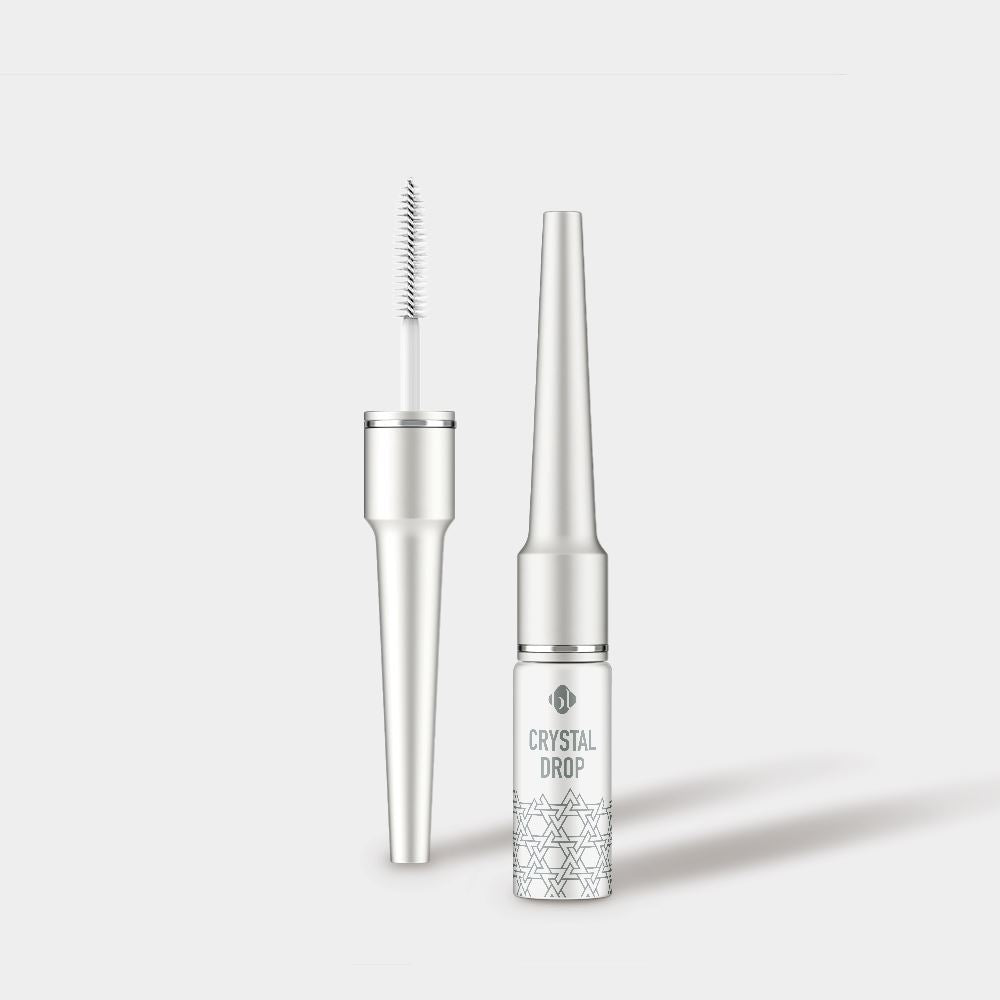A ‘lash stickie’ is a lash industry term for one lash getting stuck to a neighboring lash during an extension treatment. This is usually due to poor isolation, using a lash glue that sets too slowly or applying too much glue to the lash extension.
Why are lash stickies so bad?
Stickies can be quite irritable to the client’s eyes which cause your client to unintentionally rub her eyes or touch the extensions more. This can lead to shorter retention which nobody wants!
On a more serious note, if this happens often, it could badly affect the growth of natural lashes and cause the permanent loss of natural lashes.
There are a few different types of lash stickie
Baby lash sticking to an extension
The first type of stickie is when a tiny baby lash gets stuck to an extension. These are one of the most common types of stickies. Why?
The baby lashes are sometimes the hardest as they are short and harder to isolate. Also, baby lashes grow much quicker than a full-grown lash that is in its “resting stage”.

If a baby lash becomes stuck to an extension, it will keep growing and could simply push the extension lash to the side, creating a very unflattering look. Never underestimate these tiny baby lashes.
An extension lash sticking to another extension
This can happen when using too much glue. Using too much glue can also slow adhesive drying time, making the bond look clumpy!
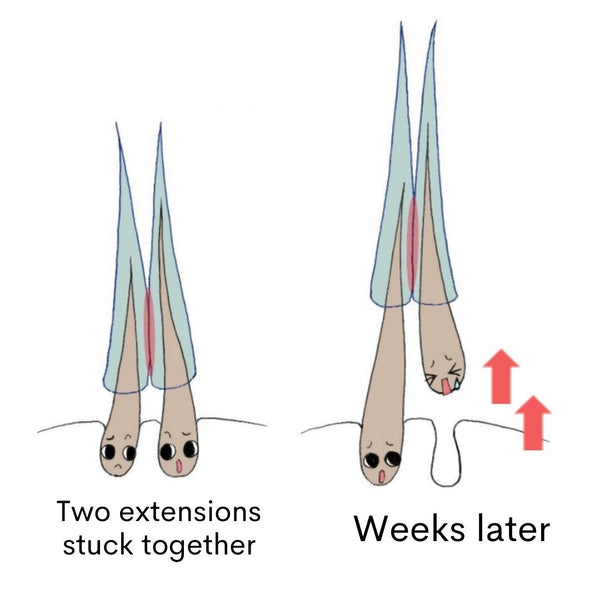
This type of stickie can make your in-fills really challenging, too. So make sure you are using the right amount of glue for your sets and hold the isolation tweezers in position until the glue is dried.

Example photo from bloom_beauty_bar.x (note: this is NOT her work)
Bottom lash sticking to upper lash
This can happen when lower lashes were not properly held by under eye pad (or tape). This can cause the lower lashes to pop out during the session and get stuck to upper lash extensions.
When the set is done, before asking the clients to open the eyes, make sure to pull up their eyelids slightly and check there are no upper and lower lashes sticking together.
Read more: How to use under eye pads 101
How to prevent lash stickie
Choose the right lash extension glue
A glue that dries too slowly can contribute to stickies. Using a thin textured, fast drying adhesive like BL Mach Glue (1-2 second drying) is a great way to prevent lash stickie. (Buy on Amazon US here)

If you are using a slower drying or more viscous type of glue, hold the isolation tweezers in place for a couple of seconds for the glue bonds properly. This is a great way to minimize the risk of lash stickies.
Read more: How to choose the best eyelash extension glue
Use the right amount of lash glue
You don’t want a ball of adhesive on the extension! More glue is not going to make a longer retention. To make sure you're using the correct amount, dip the extension into the middle of the glue dot, and slowly slide out. You want a small coating covering 2mm from the bottom of the lash extension.
Pulling out too quickly from the glue dot, scooping the glue with the extension, or skimming across the glue dot adds too much glue on the extension.
When you have too much glue on the extension, do not wipe it off on a glue palette or gel pads! Just dip the extension into the middle of the glue dot, and slowly slide out. It’ll adjust to the right amount of the glue.
Refine your application methods
- Work in layers: When you separate the lashes by layers and work through each layer, isolation is much easier. In this way, you can minimize the risk of lash stickies as well as reducing the application time.

- Use a guide lash technique: Try working through attaching lashes in the center lines (see the picture A below) instead of working in one direction.

For more information, we highly recommend you to read this: Ways to improve your isolation skills
How to check your work
It’s worth leaving a few minutes at the end of the treatment to do one last check to make sure you haven’t missed any lash stickie.
Check each individual lash from root to tip with your tweezers. Separate the stickies if there is any. Ask your client to blink a few times, roll her eyes to different directions to see if there’s any discomfort.
It may seem that checking stickies is time-consuming but we guarantee you. It’s worth the time!
The client’s safety is always the priority for their health, and for your career.
This blog is protected by copyright law. Reproduction or rewriting without permission is strictly prohibited.


